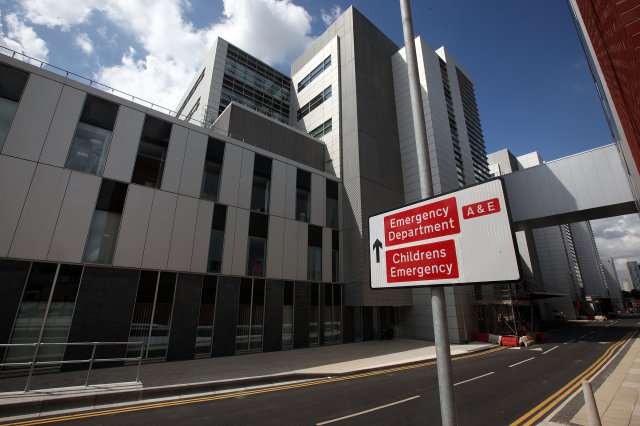A day after the election, the latest NHS statistics for November show that only seven out of ten patients arriving at a major A&E in Nov were seen within the 4-hour target, the worst since records began.
Last week over 3,000 patients waited more than an hour in the back of an ambulance as their A&E was too full.
Meanwhile, in the first week of December, there was an average of 1,026 NHS hospital beds closed because of Flu or norovirus. This is about double the number for the same week last winter.
A&Es across England had to temporarily divert patients away due to high demand on 28 occasions in the week ending Sunday, December 8.
That compares to 25 in the same weeks in 2017 and 2018.
Dr Rebecca Fisher, GP and Senior Policy Fellow at the Health Foundation, said:
‘This morning the prime minister said the NHS was his ‘top priority’ and today’s figures show the scale of the task ahead for the new government. November saw the NHS’s worst performance on record for A&E waiting times.
‘Without more money and more staff it will be challenging for the NHS to reverse the current deterioration. The The NHS also needs funding to implement long term changes to services, from hospitals to general practice, that can keep people healthier for longer.
‘Our analysis shows that the NHS will need an increase of £20bn by 2023-24 just to maintain standards of care but more will be needed to improve services. The £18bn extra promised by the Conservatives during the election campaign falls short of what is needed. As a result, we can’t expect to see performance stabilise let alone improve any time soon.
‘No solution for the NHS can be complete without action on social care. Too many older people and younger people with disabilities do not have the support they need to live safely and independently.
‘The safety net is the NHS, but even this is at risk of breaking down if the government does not act swiftly.’







